Enabling virtualization on your Windows PC allows you to run multiple operating systems and applications without the need for additional software. This expands your system's capabilities and gives you access to a broader range of tools. In this guide, we'll show you how to enable virtualization in your BIOS settings and activate Hyper-V using the Control Panel.
Accessing UEFI Settings Through the Settings App
The easiest way to access your computer's BIOS settings is via the Settings app in Windows. Follow these steps to enter the UEFI settings:
Step 1: Open the Start Menu and click on the Settings app icon. You can also quickly open the Settings app by pressing Windows+I on your keyboard.

Step 2: In the Settings window, make sure the System tab is selected from the left sidebar.

Step 3: On the right side, scroll down and click on Recovery.
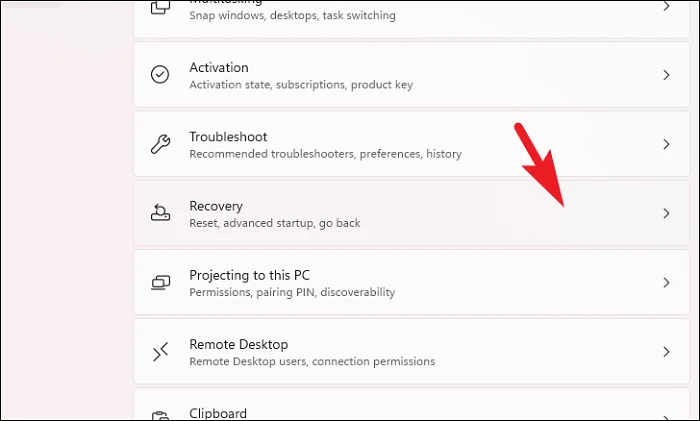
Step 4: Under the Recovery options section, click on the Restart now button next to Advanced startup. This will prompt a confirmation message.
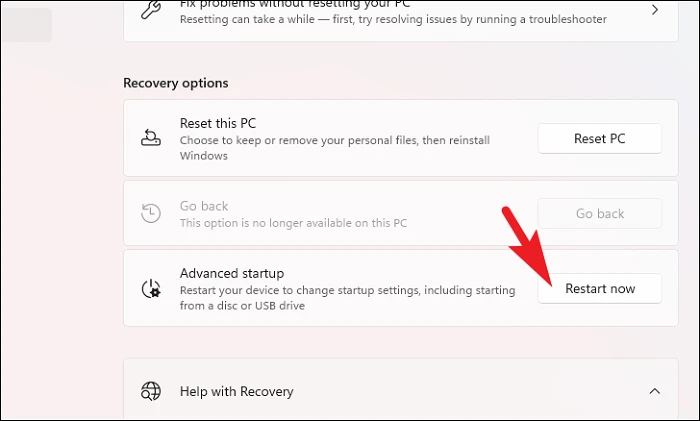
Step 5: In the confirmation prompt, click on Restart now to proceed. Your computer will reboot into the Advanced Startup menu.

Step 6: After restarting, you'll see a list of options. Click on Troubleshoot.
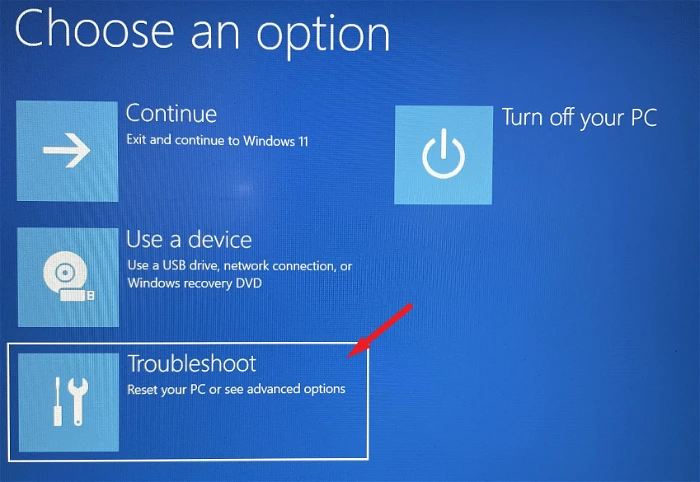
Step 7: Next, select Advanced options from the Troubleshoot menu.
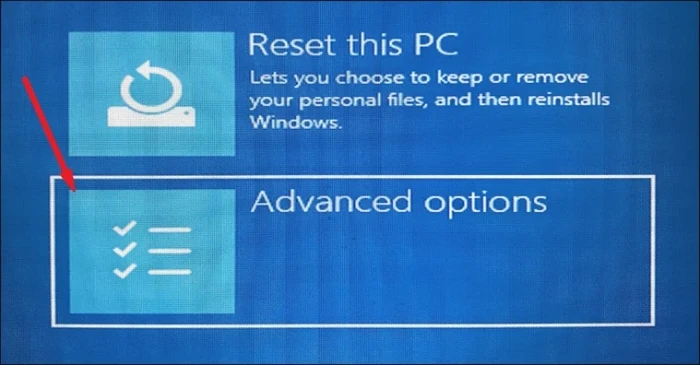
Step 8: Click on UEFI Firmware Settings. Your PC may restart again to enter the BIOS setup utility.
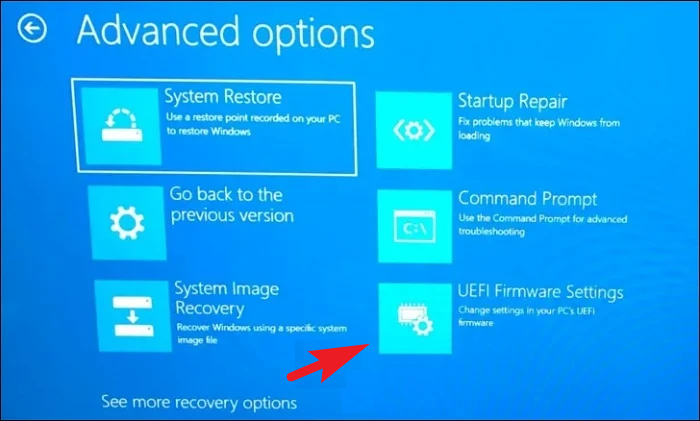
Step 9: In the BIOS setup menu, use the arrow keys to navigate to the BIOS Setup option and press Enter or Spacebar to select it.
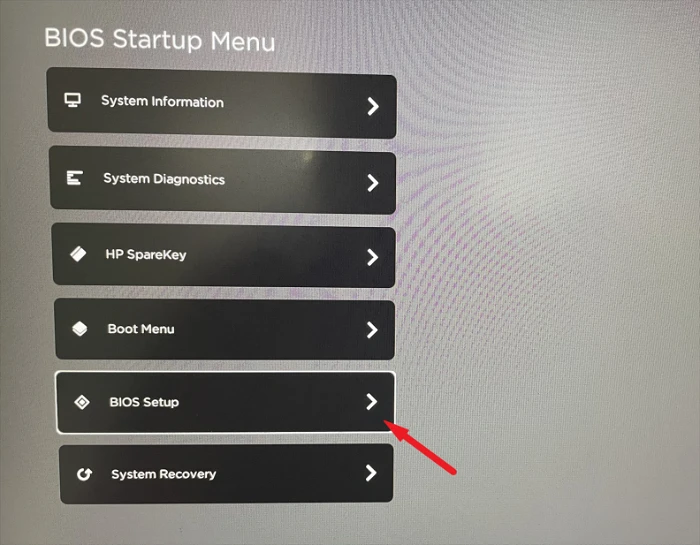
Step 10: Navigate to the Configuration tab within the BIOS settings.
Step 11: Find the Virtualization Technology option and enable it. This might be a checkbox or a toggle that you need to set to Enabled.
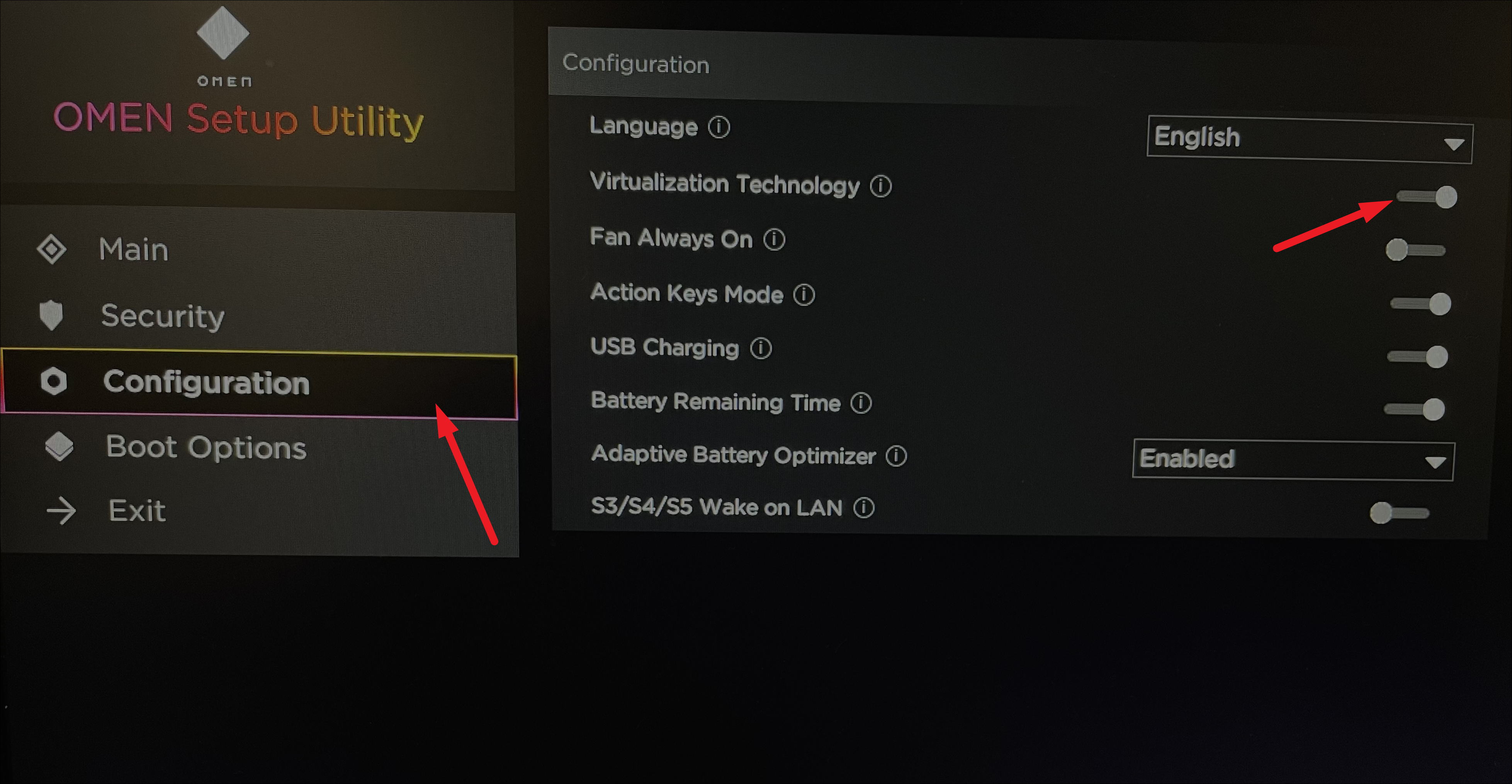
Step 12: To save your changes and exit the BIOS, press the F10 key or select the Save option on the screen. Your computer will restart with virtualization enabled.
Enabling Hyper-V and Virtual Machine Platform in the Control Panel
After enabling virtualization in the BIOS, you need to activate Hyper-V and the Virtual Machine Platform in Windows to run virtual machines. Follow these steps:
Step 1: Open the Start Menu and type Control Panel in the search bar. Click on the Control Panel app in the search results.
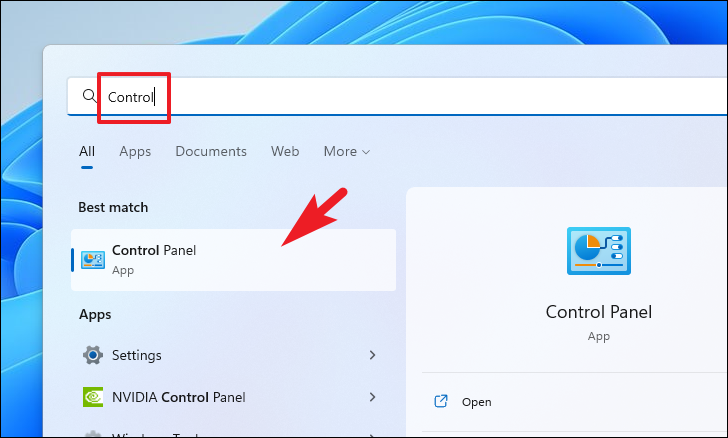
Step 2: In the Control Panel, click on Programs and Features.

Step 3: On the left side of the window, click on Turn Windows features on or off. This will open the Windows Features dialog.
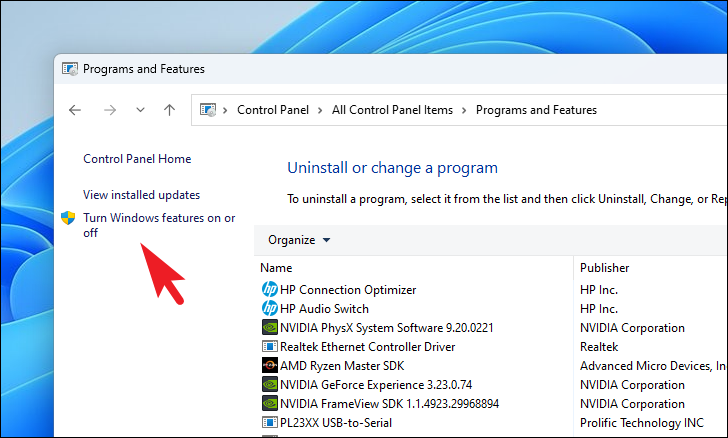
Step 4: In the Windows Features list, scroll down and check the box next to Hyper-V to enable it.
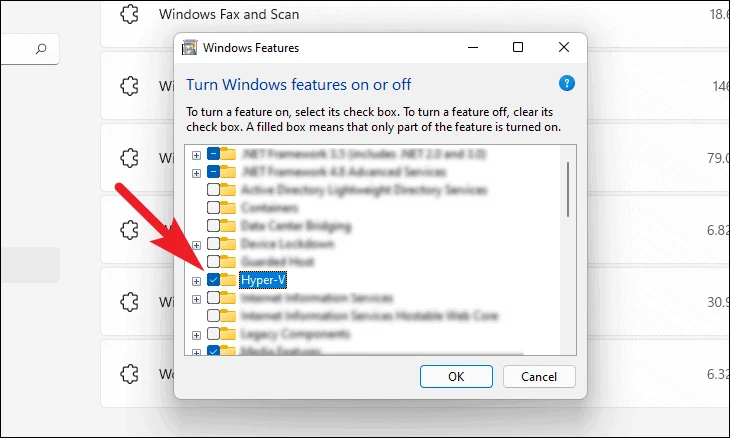
Step 5: Also, check the box next to Virtual Machine Platform to enable this feature.

Step 6: Click OK to apply the changes. Windows will begin applying the new features, which may take a few moments.
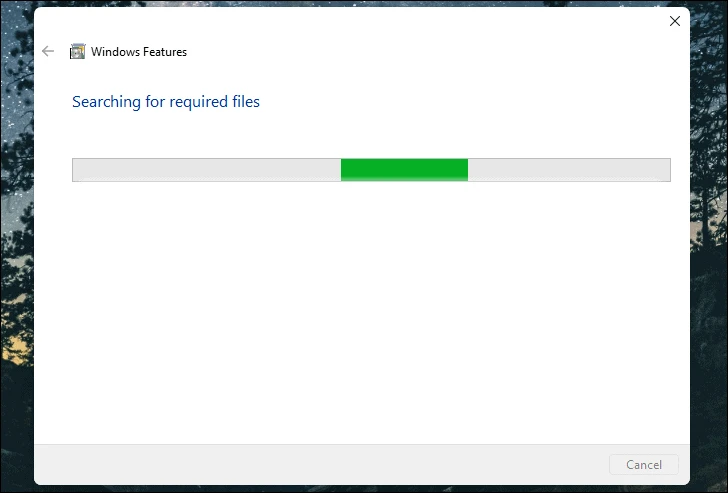
Step 7: Once the features are applied, you'll be prompted to restart your computer. Click on Restart now to complete the installation.
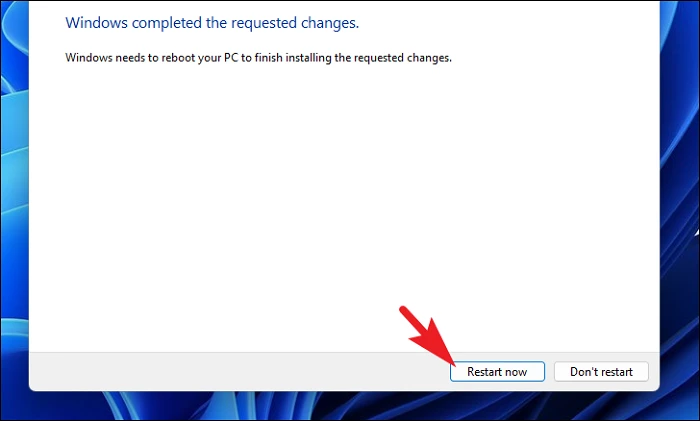
By completing these steps, you've successfully enabled virtualization on your Windows PC. You can now use Hyper-V to create and manage virtual machines on your system.











Member discussion